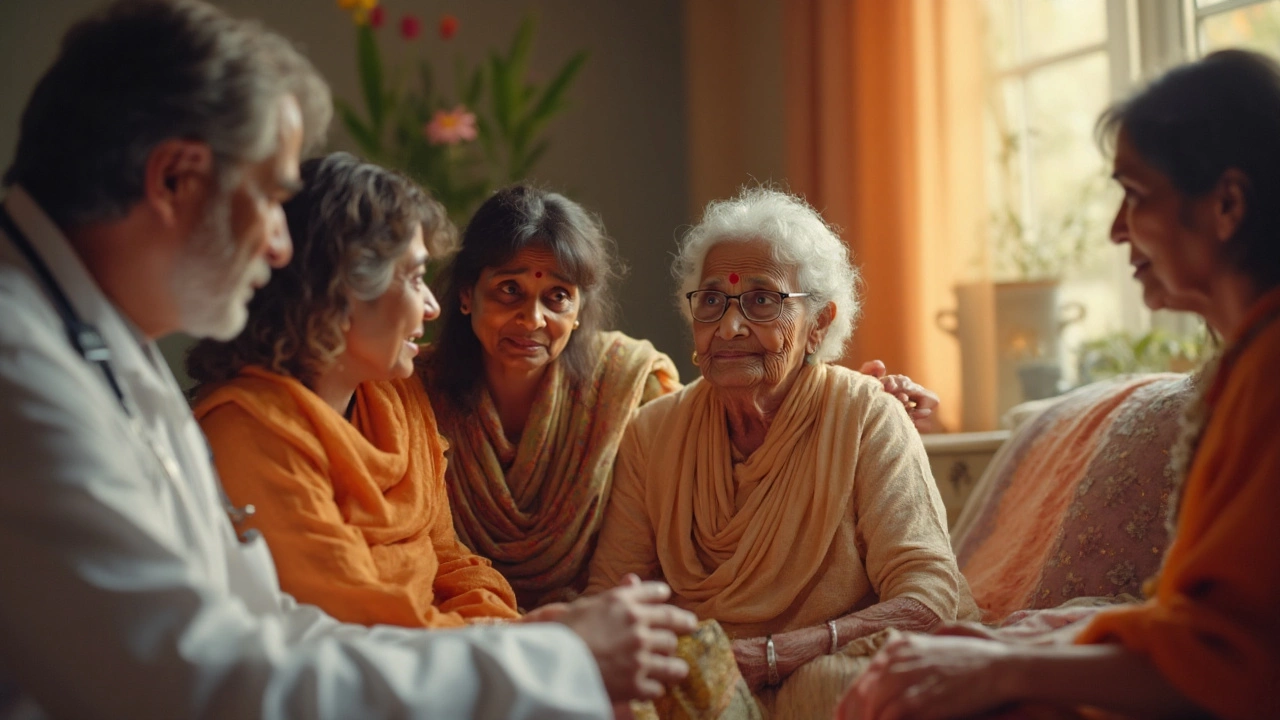Late Stage Cancer
When dealing with late stage cancer, cancer that has spread beyond its original site and is classified as stage IV. Also known as advanced cancer, it presents unique challenges for patients and doctors alike. This stage often means the disease has reached distant organs, making simple surgery insufficient. Because of that, chemotherapy, a systemic drug therapy that attacks fast‑growing cells throughout the body becomes a cornerstone of care. At the same time, doctors track the survival rate, the statistical chance of living a certain period after diagnosis, usually expressed in years to gauge how well treatments are working. Late stage cancer also calls for palliative care, support that relieves symptoms and improves quality of life without aiming to cure, because quality often matters as much as length of life.
Understanding Treatment Paths
Late stage cancer encompasses a range of disease types, from lung to breast to gastrointestinal cancers, each with its own biology. The presence of metastases means treatment plans must be multidisciplinary: oncologists, radiologists, surgeons, and palliative specialists all collaborate. Chemotherapy influences survival by shrinking tumors or slowing growth, but it also brings side effects that require careful management. In some cases, targeted therapy or immunotherapy—drugs that zero in on specific molecular pathways—offers a newer route, especially when genetic testing reveals actionable mutations. Clinical trials are another option; they let patients access cutting‑edge therapies while contributing to research that may redefine future standards.
If you’re searching for reliable info on late stage cancer, you’ll find a mix of real‑world stats, practical tips, and up‑to‑date guidance below. From assessing whether aggressive chemotherapy still makes sense, to understanding how palliative care can improve day‑to‑day comfort, the articles ahead cover the whole spectrum. Dive in to see how survival outlooks vary, what new treatments are on the horizon, and how patients and families can navigate this complex journey with clearer expectations.
Cancers With Low Survival Rates: What You Should Know
Discover which cancers have poor survival rates, why outcomes are tough, and what signs you shouldn’t ignore. Get practical tips for managing risks and spotting early symptoms.
